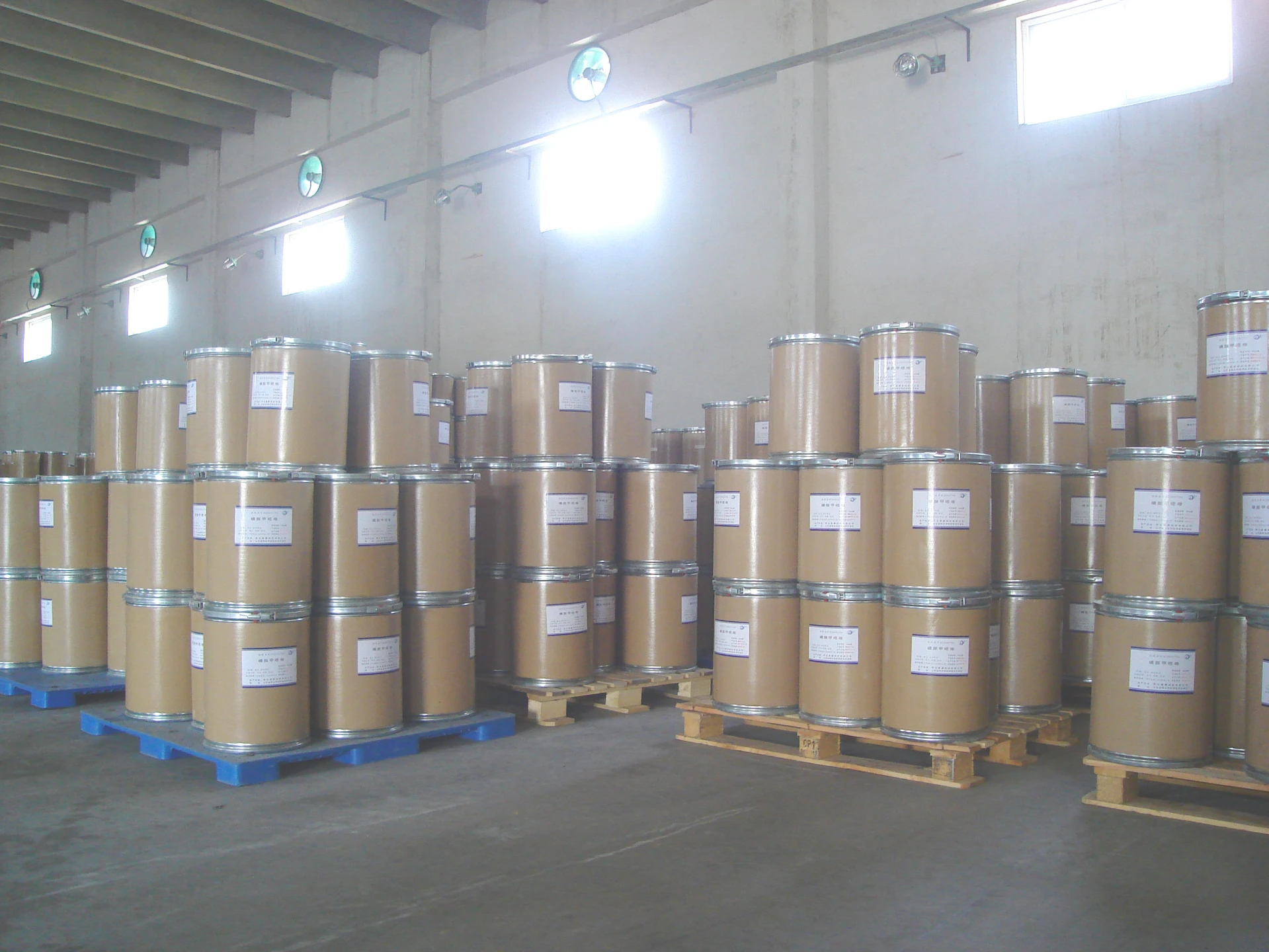Understanding Drinking Water Treatment Chemicals
Access to clean and safe drinking water is a fundamental requirement for good health. Drinking water treatment is a critical process that ensures water is free from harmful contaminants and safe for human consumption. Various chemicals are involved in water treatment processes, each serving a unique purpose in ensuring water quality. This article explores the key chemicals used in drinking water treatment, their functions, and their importance in protecting public health.
1. Coagulants
Coagulation is the first step in the water treatment process. Coagulants are chemicals that help to destabilize and aggregate particles in the water, making them easier to remove. The most commonly used coagulants include aluminum sulfate (alum) and ferric chloride. When added to water, these chemicals attract particles and colloids, leading to the formation of larger clusters known as flocs. This process is critical in reducing turbidity in water and removing suspended solids, which can harbor pathogens and other contaminants.
2. Flocculants
After coagulation, flocculation takes place. Flocculants are added to further bind the floc together, enhancing the removal efficiency of suspended particles. Polyacrylamides and natural organic polymers are commonly used flocculants. They play a vital role in the sedimentation process by promoting the settling of flocs into sludge that can be easily removed from the water.
Disinfection is a crucial step in ensuring the microbiological safety of drinking water. Various chemicals are utilized as disinfectants to kill or inactivate pathogens. Chlorine is the most widely used disinfectant due to its effectiveness in killing bacteria and viruses and its residual disinfection properties. However, alternatives such as chloramines, ozone, and ultraviolet (UV) radiation are also employed, particularly in situations where chlorine’s disinfection byproducts (DBPs) pose concerns.
Chloramine, a combination of ammonia and chlorine, is often used when maintaining a long-lasting disinfectant residual is essential. Ozone is a powerful oxidizing agent that disinfects water without leaving harmful residuals, although it requires careful handling and additional control measures to ensure water safety.
4. pH Adjusters
drinking water treatment chemicals

The pH level of water significantly impacts the effectiveness of other treatment processes. Chemicals such as sodium hydroxide and sulfuric acid are commonly used to adjust the pH to an optimal level. Proper pH adjustment ensures the effectiveness of disinfectants and prevents corrosion of pipes, which can lead to leaching of heavy metals into drinking water.
5. Chemical Softening Agents
In areas with hard water, chemical softening agents like lime (calcium hydroxide) and sodium carbonate are used to remove excess calcium and magnesium ions. This process improves water quality and extends the life of pipes and plumbing fixtures by reducing scale buildup. Softened water also enhances the effectiveness of soaps and detergents.
6. Fluoride
Fluoride is another chemical commonly added to drinking water to promote dental health. Community water fluoridation has been proven to reduce the incidence of dental cavities significantly. However, the concentration of fluoride must be carefully monitored, as excessive levels can lead to dental and skeletal fluorosis.
7. Monitoring and Compliance Chemicals
To ensure water safety, water treatment facilities often employ additional chemicals and testing agents to monitor and comply with health regulations. For instance, potassium permanganate may be used in water treatment for oxidizing certain organic compounds and for controlling taste and odor issues. Furthermore, various testing kits assess parameters like residual chlorine levels, pH, turbidity, and microbial safety, ensuring compliance with regulations set by authorities like the Environmental Protection Agency (EPA).
Conclusion
The use of chemicals in drinking water treatment is essential for producing clean and safe drinking water. Coagulants, disinfectants, pH adjusters, and other treatment agents play vital roles in removing contaminants and pathogens from water supplies. While these chemicals are effective in ensuring water quality, their use must be monitored and managed carefully to protect public health. By understanding the role of these chemicals, communities can better appreciate the complexity and importance of water treatment processes that safeguard our most vital resource clean drinking water.

